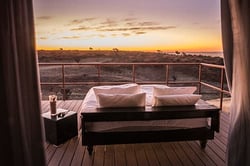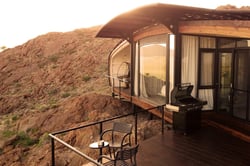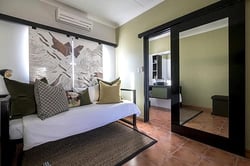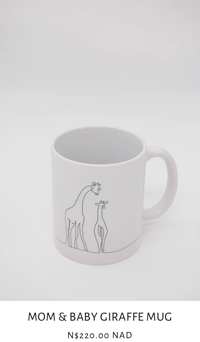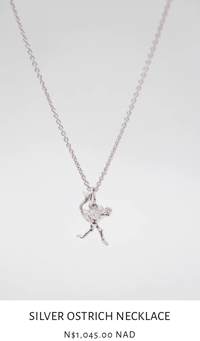NAMIB DESERT LIVE STREAM
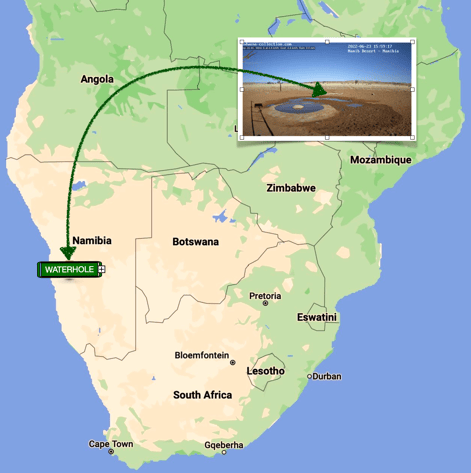
Namib Desert Cam in The Gondwana Namib Park
The Gondwana Namib Park
The Gondwana Namib Park was established in 2004, when the Gondwana Collection purchased a local guest farm. Throughout the years more land was acquired and systematically all the fences were removed from the area. This includes the fences between neighbouring farms, creating a space over 56,540 square kilometers (meaning 21,830 sq mi) - wildlife moves freely between the two parks and the other privately owned guest farms. In Gondwana Namib Park the Namib experience covers two sides, three, in fact, as under the reddish sand there is brown sandstone – the fossilised dunes of an ancient Namib. Then there is the World Heritage Site of ‘Namib Sand Sea’, and only 60 km further south, the Namib shows yet another face: the valley of the ephemeral Tsauchab River – which cuts through the surging sand-sea and ends in famed Sossusvlei. But along with the fossilised dunes, Namib Sand Sea and Tsauchab River, a glorious new display has risen.
Sustainability Efforts
Animals in the area
While the Namib Desert is arid and water is scarce, many animals have successfully adapted to live and thrive in this climate. Within the Namib Sand Sea habitats and micro-environments, visitors may find:
Giraffe
(Giraffa camelopardalis angolensis)
Being the world’s tallest animal, one cannot misidentify a Giraffe(Giraffa giraffa). Standing at up to 6 meters tall, these long-legged beauties are able to reach leaves no other animal can reach. Recently, studies have shown that there are 4 species of Giraffe in Africa.
Gemsbok/Oryx
Gemsbok (Oryx gazella) is the common name for the most well known and largest of the 3 oryx species. Their coat is a light brown/grey color and the top of their legs are black. They have a dark strip extending from their chin, down their neck and also along their shoulder joints. The face has black and white facial markings, which makes them easily identifiable.
Springbok
The Springbok (Antidorcas marsupialis) can reach a top speed of up to 88km/h, putting it on the list of the top ten fastest land animals. Its speed allows it to outrun (most of the time) any predator. However, the Springbok is not only known for its speed, but especially for its unique method of jumping up to 4 meters into the air.
Ostrich
The 2.7 meter tall flightless Ostrich (Struthio camelus) is the largest bird in the world and are found naturally in savannah and desert environments of Africa. They can run at a speed of 50km/h and sprint up to 69km/h and their long legs allow them to cover distances of between 3m to 5m. When they need to turn tight corners, they often use their wings as “rudders”.
Cheetah
The Cheetah’s (Acinonyx jubatus) slim body, long legs, small tail and long tail is built for speed and they can reach a speed of 120km/h. The body is covered in black spots with the last third of the tail having black rings. A distinguishing marker are the “tear tracks” that run from the corner of the eye past the side of its mouth.
Dune Lark
The Dune Lark (Calendulauda erythrochlamys), a medium sized lark with a sandy rofous colored wing covers and upper parts, brown tail, white under parts and plain face. It is only found in the Namib Desert and can be seen throughout the year. Pairs will often remain in close proximity to one another.
Gnu / Blue Wildebeest
The Blue Wildebeest or Gnu (Connochaetes taurinus) is one of two species of Wildebeest and stands tall at 1.4 meters at the shoulders and 2.4 meters long from head to tail. At 200kg, both male and female have curving horns. It has a grey coat, black mane and black beard.
Black-backed Jackal
The Black-backed Jackal (Canis mesomelas) is a medium sized and dog-looking, with black fur that is sprinkled with white fur on its back which is wider at the neck and shoulders and thins out towards the tail. Almost like a saddle. It has white fur around the lips and down the throat and chest.
The waterhole is within the privately owned Gondwana Namib Park, bordering the Namib Naukluft Park in the oldest desert of the world, called Namib Desert. This desert is largely located in Namibia, Southern Africa.
GPS coordinates : -24.074923, 15.887410 Elevation: 942m
In this private park, all man-made barriers have been removed, creating a space over 56,540 square kilometers (i.e. 21,830 sq mi) for Ecotourism as it was the only sustainable form of land use with the potential to balance the scales and restore the wildlife and vegetation, while nurturing the land.
Wildlife moves freely between the two parks and the other privately owned guest farms.
Animals seen at the water include:
Gemsbok (Oryx gazella)
Angolan giraffe (Giraffa camelopardalis angolensis)
Blue wildebeest \ Gnu (Connochaetes taurinus)
Springbok (Antidorcas marsupialis)
Hartmann's mountain zebra (Equus zebra hartmannae)
Burchell's zebra (Equus quagga burchelii)
Ostrich (Struthio camelus)
Common warthog (Phacochoerus africanus)
Steenbok (Raphicercus campestris)
Common duiker (Sylvicapra grimmia)
Cape hare (Lepus capensis)
Cape porcupine (Hystrix africaeaustralis)
Feral Horses
Spotted hyena (Crocuta crocuta)
Brown hyena (Parahyaena brunnea)
Cheetah (Acinonyx jubatus)
Leopard (Panthera pardus)
Black-backed Jackal (Canis mesomelas)
Bat-eared fox (Otocyon megalotis)
Cape fox (Vulpes chama)
Small spotted genet (Genetta genetta)
Aardwolf (Proteles cristata)
African Wildcat (Felis lybica)
Honey badger(Mellivora capensis)
Red hartebeest (Alcelaphus buselaphus caama)
Striped polecat (Ictronyx striatus)
A variety of birds
There is grass, trees and bushes within one kilometer radius of the waterhole which currently provides sufficient food for the animals.
There have been sightings of the following:
Spotted hyena (Crocuta crocuta)
Cheetah (Acinonyx jubatus)
Leopard (Panthera pardus)
Black-backed Jackal (Canis mesomelas)
Bat-eared fox ( Otocyon megalotis)
Cape fox (Vulpes chama)
Small spotted Genet (Genetta genetta)
The animals are licking on a salt block or lick put out by the rangers of the park.
Salt blocks are deposit of mineral salts used by animals, primarily herbivore, to supplement essential nutrients like calcium magnesium, sodium and zinc ensuring enough minerals in their diets.
There are two feral or free-roaming horses that visit the waterhole at times.
These are from one of the surrounding farms and have entered the Park as there are no boundary fences.
The Namib Desert Lodge, which is 8km south of the waterhole, offers nature drives, alternatively guests can hire an e-bike to explore the Namib Desert on well-marked trails.
A pipe feeds the waterhole from the reservoir and the flow is regulated via a float valve as the waterhole’s levels decline and refills as animal numbers reduce.
Animals could also drink at the reservoir 150m behind the camera but prefer the waterhole.
There is another waterhole 8km to the south at the Namib Desert Lodge.
In response to reduced availability of natural water sources for wildlife, this artificial waterhole was build in 2006 after the farm was converted by Gondwana Collection Namibia into a nature reserve and game species which had once been indigenous to the area was reintroduced .
The waterhole was reconstructed in June 2021 with the round "rock" in the middle to reduce evaporation and provide birds a perch.
A solar-powered pump on a 100m (300ft) deep borehole draws water from the aquifer (groundwater) into a reservoir 150m to the north-east behind the camera. A pipe feeds the waterhole from the reservoir and the flow is regulated via a float valve and water refills automatically.
These animals are not found in this area of Namibia.
They do however occur in the northern parts of Namibia.
The camera was installed in 2016 and is mounted on a pole 3 meters from the waterhole facing south-southeast.
It is powered by solar-panels and the data is sent via Wireless signal over 35km of dunes to the nearest service provider. Initially a live stream was sent to a website and changed to YouTube in June 2021. A microphone was installed in August 2021 to enhanced the experience watching the game. The camera was replaced in December 2021.
Look no further than the Gondwana Travel Centre to help you out. We specialise in finding the perfect options tailored to your perfect Namibian adventure. Let us take the hassle out of your accommodation search, so you can focus on enjoying your trip to the fullest. Get in touch with us today to start planning your dream getaway!
Send your request to: adminnamcam@gcnam.com today!
Want to travel to Namibia or find out more!
Accommodation in the area
Oasis for heart and soul, only the whispering wind. On the dunes. In the desert. Under the stars. Feet in the cool water of the pool. A glass of wine in your hand. And your head full of impressions of an eventful day...
The accommodation at Gondwana Namib Park is an oasis for heart and soul. They allow you to arrive, to find yourself. Each space in its own way: The Desert Grace with modern mystique, the Namib Dune Star Camp with a bed under a starry canvas, the Desert Whisper as a luxurious lonely island in the sandy sea of the desert...
... and the Namib Desert Lodge is as elegant as it is down-to-earth at the foot of petrified dunes. Closer to nature is also possible: with Namib Desert Camping2Go or at the Namib Desert Campsite.
We are unique. We are passionate. We are Namibian. Most importantly we are Gondwana.

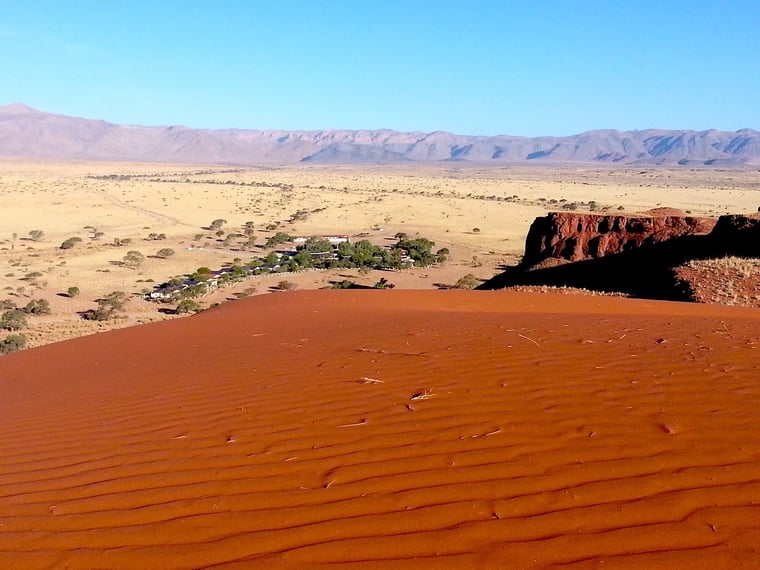

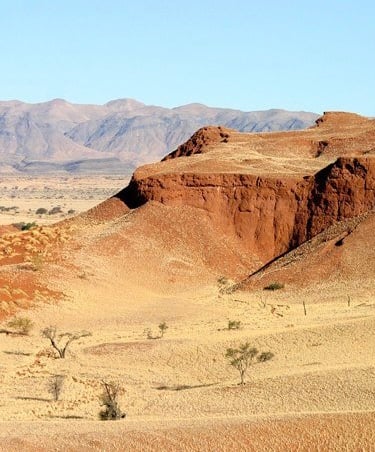




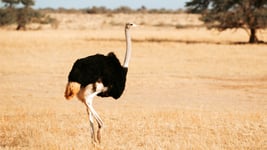
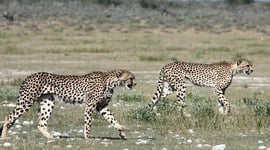
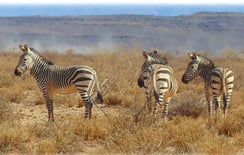
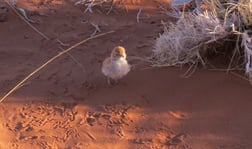
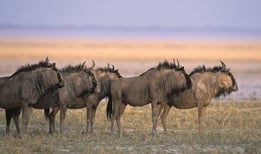
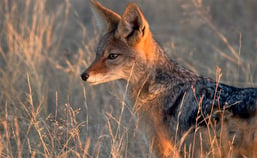
.jpg?width=250&height=162&name=The%20Desert%20Grace%20(11).jpg)
